At the start of last year, the Leopard Inn in Burslem, the scene of the celebrated meeting between potter Josiah Wedgwood and engineer James Brindley to agree the navigation of the Trent and Mersey Canal, ‘went on fire’. Close by, the Wedgwood Institute, founded by William Gladstone in 1863 as a design school, and proudly decorated with terracotta panels narrating the art of ceramics, stands empty.
Already a subscriber? Log in
Subscribe for just $2 a week
Try a month of The Spectator Australia absolutely free and without commitment. Not only that but – if you choose to continue – you’ll pay just $2 a week for your first year.
- Unlimited access to spectator.com.au and app
- The weekly edition on the Spectator Australia app
- Spectator podcasts and newsletters
- Full access to spectator.co.uk
Or
Unlock this article
You might disagree with half of it, but you’ll enjoy reading all of it. Try your first month for free, then just $2 a week for the remainder of your first year.

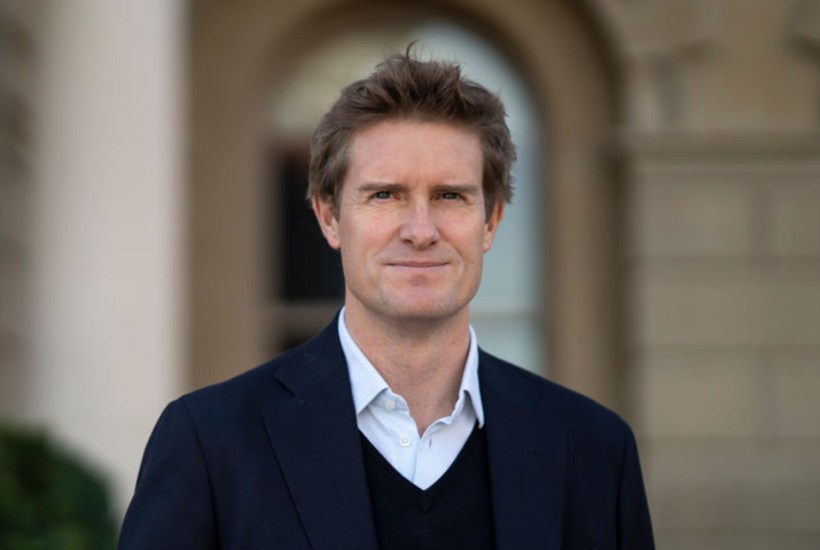
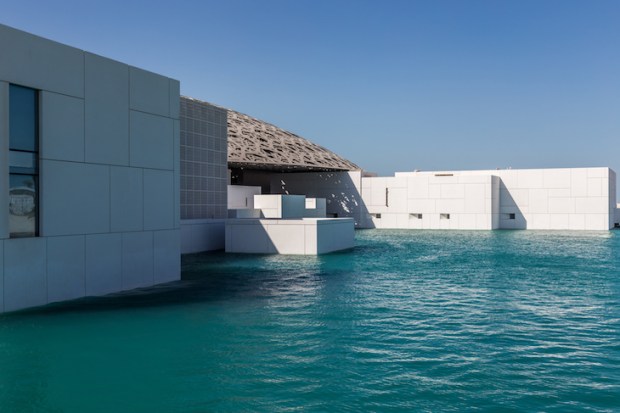

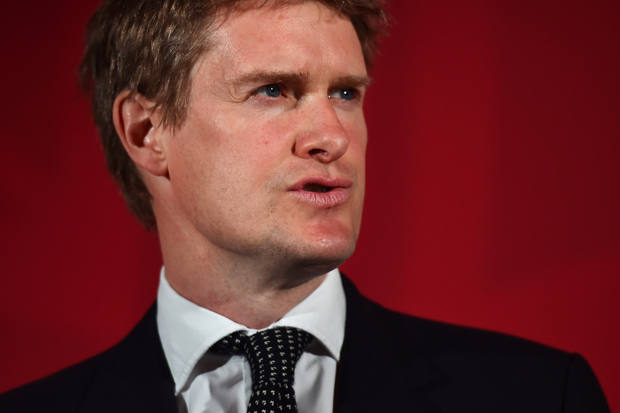
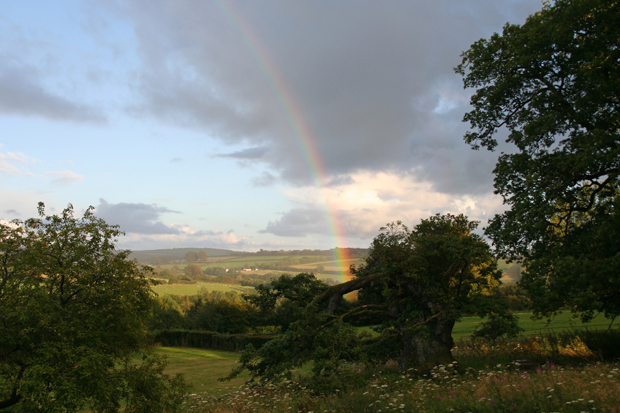
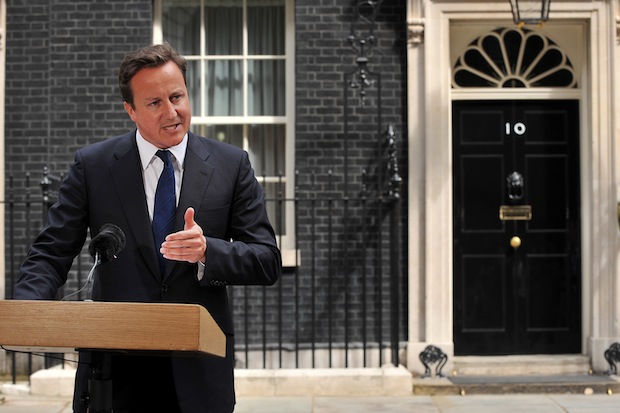
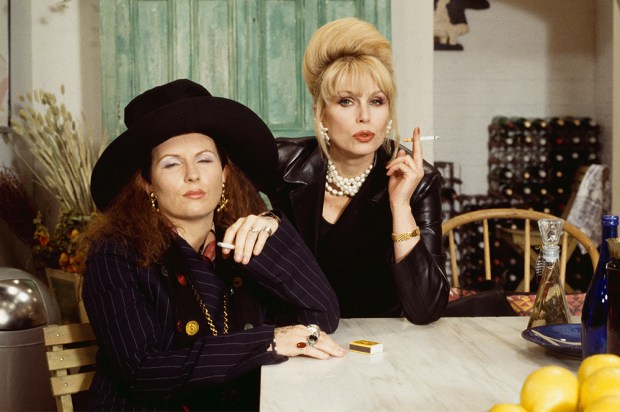






Comments
Don't miss out
Join the conversation with other Spectator Australia readers. Subscribe to leave a comment.
SUBSCRIBEAlready a subscriber? Log in